?Are you worried about chemical spills near your well and unsure how to keep your drinking water safe?
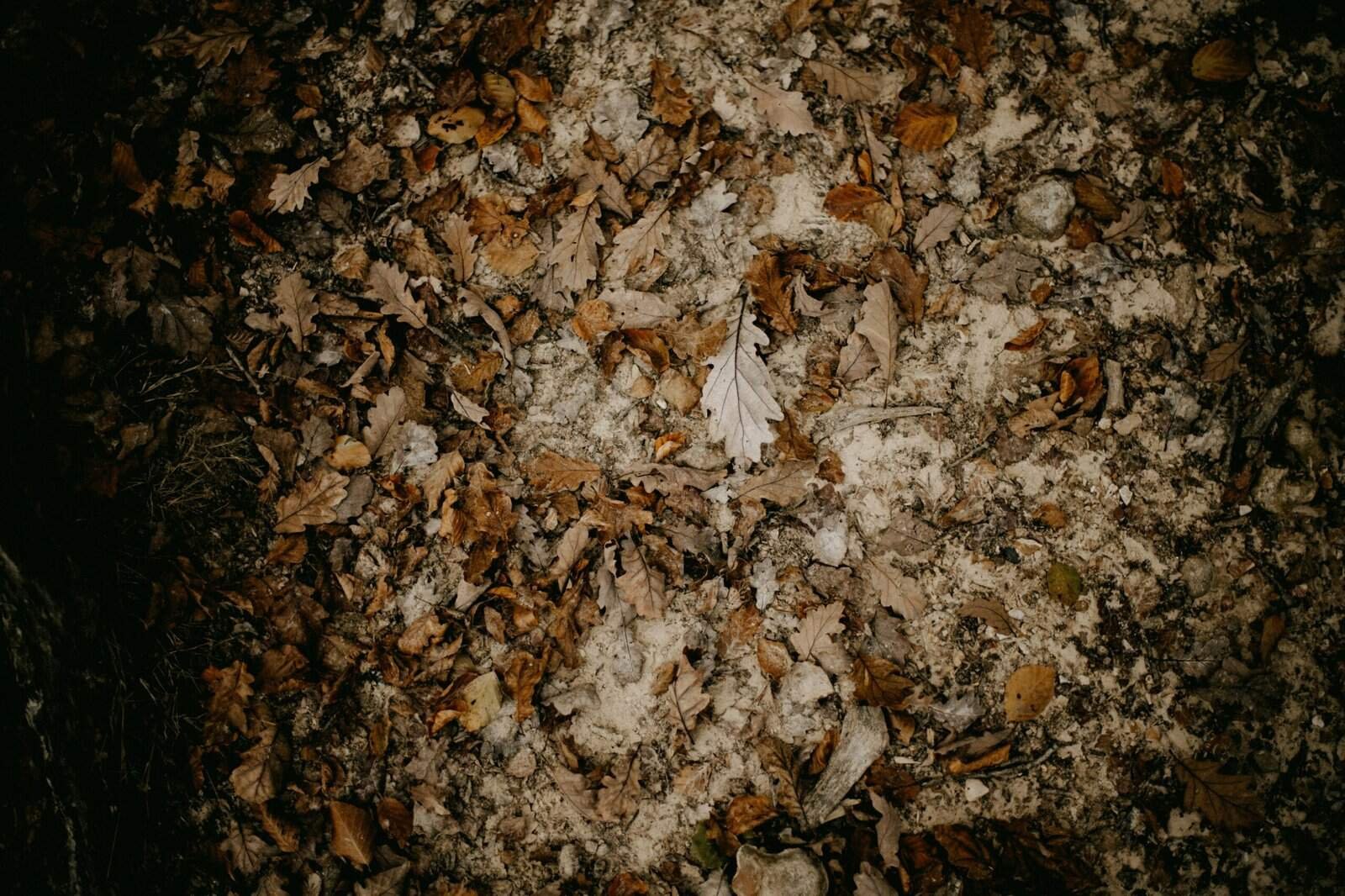
How Do I Protect My Well From Chemical Spills Nearby?
This article explains practical steps you can take to reduce the risk that a nearby chemical spill will contaminate your well. You’ll find clear, actionable information on assessment, prevention, testing, immediate response, remediation options, and where to get help.
Understand the Risk: How Contamination Happens
Before you act, it helps to understand how chemicals reach your well. Groundwater contamination commonly occurs when hazardous liquids are released on the surface and then move through soil or enter shallow groundwater that feeds wells.
You’ll want to know the characteristics of the chemicals (solubility, density, volatility), the hydrogeology of the site (depth to water, aquifer type), and the presence of preferential pathways like utility trenches or karst features that can speed movement.
Types of Chemicals to Worry About
Different contaminants behave differently in soil and water, and each requires different responses and treatments.
- Volatile organic compounds (VOCs) such as benzene, toluene, ethylbenzene, xylene (BTEX) and solvents (TCE, PCE) can move as vapors and dissolve in groundwater.
- Pesticides and herbicides can persist in soil and groundwater depending on their chemistry.
- Fuels (gasoline, diesel) can create light non-aqueous phase liquids (LNAPLs) that float on groundwater and act as long-term sources.
- Dense non-aqueous phase liquids (DNAPLs) like chlorinated solvents may sink through groundwater and be difficult to remove.
- Inorganic chemicals (nitrates, heavy metals) can move with groundwater or adhere to soils.
Understanding what chemical types are likely near your well helps you choose monitoring and treatment approaches.
How Chemicals Move Through Soil and Groundwater
Contaminants travel via several pathways and their movement depends on soil type, ground slope, rainfall, and subsurface features.
- Surface runoff can carry spills toward low areas or drainage ditches that may recharge groundwater.
- Infiltration through soil moves chemicals vertically; coarse, sandy soils allow faster movement than clay-rich soils.
- Groundwater flow can carry dissolved chemicals long distances, depending on gradient and hydraulic conductivity.
- Preferential flow paths like fractured bedrock, utility trenches, or sinkholes provide rapid routes to aquifers.
Knowing these mechanisms will guide where to monitor and how urgently to respond.
Assess Your Well and Property Vulnerability
Assessing vulnerability gives you a baseline and helps you prioritize actions. You can do a basic assessment yourself and hire a professional for a detailed evaluation.
Well Construction and Age
The design, construction, and age of your well determine how resistant it is to contamination.
- Properly constructed wells should have a sanitary well cap, continuous casing to below the water level, and sealed casing annulus (grout) to prevent flow along the borehole.
- Old or damaged casings, missing caps, or cracked grout increase vulnerability.
- Shallow wells and dug wells are usually more at risk than deep wells completed in confined aquifers.
If you don’t know details about your well, contact a licensed well contractor or your local health department to get records or have an inspection.
Site Inspection Checklist
A simple inspection can reveal obvious risks. Use this checklist and note any items that need immediate correction.
| Item | What to look for | Action if problem found |
|---|---|---|
| Well cap | Missing, loose, or cracked cap | Replace cap; secure with tamper-resistant fasteners |
| Casing | Cracks, corrosion, exposed length | Hire contractor to evaluate/repair |
| Surface grade | Low spots around well, pooling water | Regrade to slope away from well |
| Nearby chemicals | Stored fuel, pesticides, solvents within 50–100 ft | Move to safe storage; add secondary containment |
| Drainage paths | Direct flow from driveway, barn to well area | Install berms, swales, or diversion |
| Surface structures | Sump, septic, fuel tank near well | Increase setback or relocate if possible |
| Abandoned wells | Open or unplugged holes on property | Permanently plug according to regulations |
Local Land Use and Activities
The surrounding land use influences risk. Farms, garages, fueling stations, industrial sites, and busy roads increase the likelihood of spills reaching groundwater.
You’ll want to map nearby potential sources and note distances. If a commercial operation is close, talk with the operator about their spill prevention measures and local emergency plans.
Preventive Steps to Protect Your Well
Prevention is usually cheaper and more effective than remediation. These steps reduce the chance that a spill will reach your well.
Maintain Proper Well Construction and Seals
A correctly built and maintained well is your first line of defense.
- Ensure the casing is continuous from below the water table to above ground with a welded or mechanical sanitary seal.
- Verify that the annular space is properly grouted to prevent surface water or contaminants from flowing down around the casing.
- Use a screened or sealed vent/pressure-equalizing well cap to keep pests and surface water out.
- For new wells, ask for construction logs and materials that meet state standards.
Hire a licensed well contractor to repair or upgrade aging wells.
Secure Surface Around the Well
Keep the area immediately around the well clear and graded to shed water away from the casing.
- Maintain at least 10 feet of clear, unobstructed space around the well, more if local guidance suggests it.
- Create a crown of soil so surface water flows away from the wellhead.
- Install a concrete pad or compacted gravel apron to reduce erosion and direct runoff.
- Avoid planting trees right next to the well where roots can damage casing.
A small investment in proper surface protection can significantly reduce contamination risk.
Manage Stormwater and Runoff
Surface water is a major vector for spreading spilled chemicals. Control runoff on your property.
- Use swales, berms, or French drains to divert runoff away from the well.
- Maintain buffer vegetation to trap sediments and slow flow.
- Keep driveways and fuel storage areas sloped so spills do not migrate toward the well.
- Consider permeable surfaces where appropriate to reduce concentrated flow.
These measures help prevent spilled chemicals from reaching the area above your well.
Safe Storage and Handling of Chemicals on Your Property
If you store fuels, pesticides, fertilizers, or solvents, follow best practices to avoid spills.
- Keep chemicals in their original containers with labels intact.
- Use secondary containment (e.g., spill pallets, bunded areas) for tanks and drums.
- Store chemicals on an impervious surface under a roof if possible.
- Have spill kits, absorbents, and correct PPE available.
- Train family members and employees on safe handling and emergency spill response.
- Arrange for proper disposal of leftover chemicals and containers through hazardous waste programs.
Reducing the chance of an on-site spill reduces risk to your well and your neighbors.
Work with Neighbors and Local Businesses
You don’t control all activities near your well, but collaboration helps.
- Talk with neighbors and nearby businesses about keeping hazardous materials away from your well.
- Ask commercial operators for their spill prevention and emergency response plans.
- Encourage shared community measures, such as buffer zones or signage for stormwater flow.
Community coordination increases overall protection for groundwater resources.
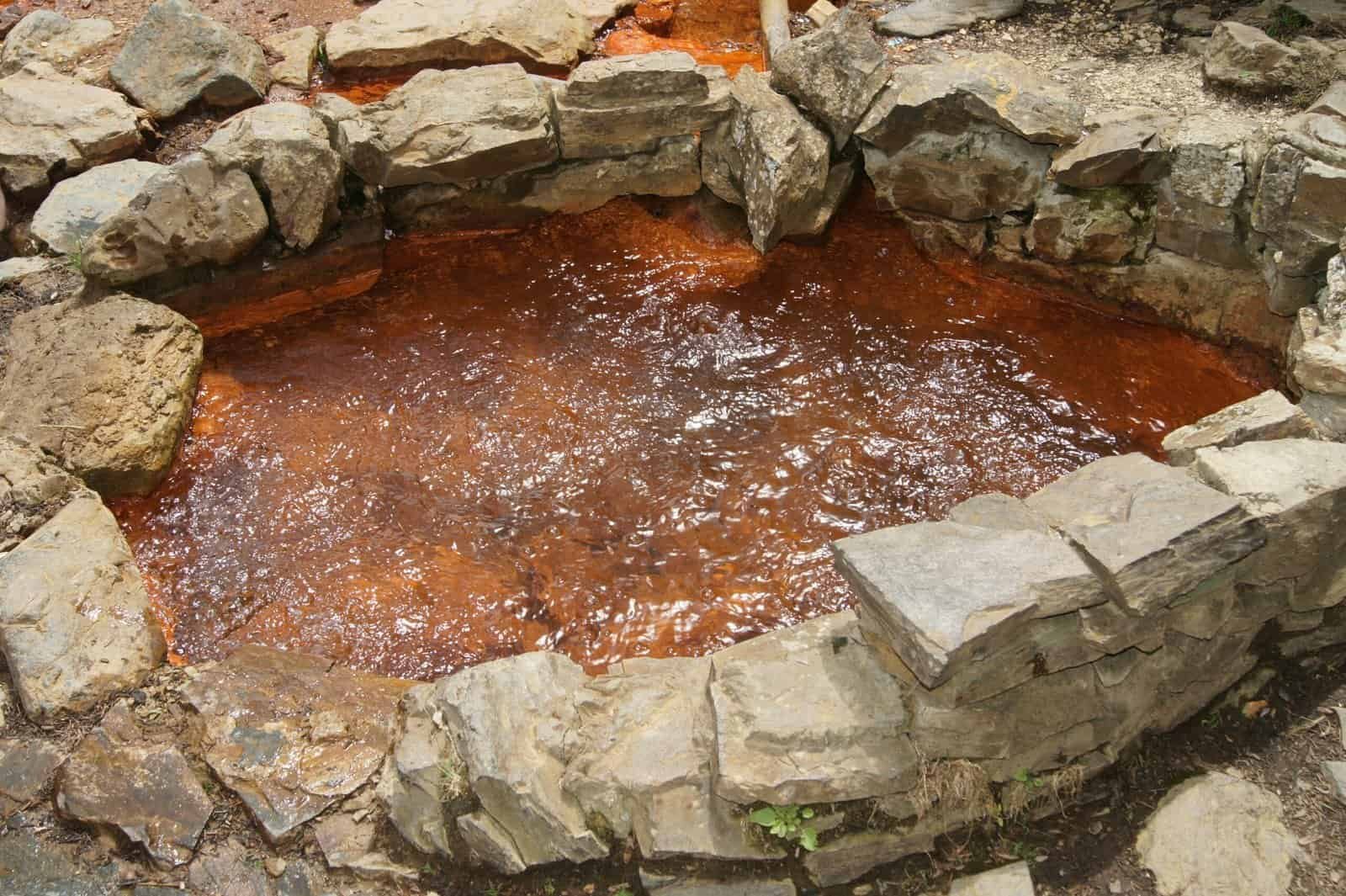
Testing and Monitoring Your Water
Regular testing is critical to detect contamination early and confirm the effectiveness of prevention measures.
What to Test For
Test for contaminants likely to come from nearby activities as well as common well water problems.
| Contaminant group | Common sources | Health concern | Typical tests |
|---|---|---|---|
| Bacteria (Total coliform, E. coli) | Surface contamination, faulty wellhead | Gastrointestinal illness | Microbiological culture |
| Nitrate/Nitrite | Fertilizers, manure, septic systems | Methemoglobinemia in infants; health risks | Chemical analysis (ion chromatography) |
| VOCs (benzene, TCE, PCE, MTBE) | Fuels, industrial solvents | Cancer risk, organ toxicity | Gas chromatography-mass spectrometry (GC-MS) |
| Pesticides/herbicides | Agricultural spraying, storage | Neurological, endocrine effects | Multi-residue pesticide tests |
| Petroleum hydrocarbons | Gasoline, diesel spills | Various acute/chronic effects | Total petroleum hydrocarbons (TPH), GC-MS |
| Metals (lead, arsenic, chromium) | Industrial sources, old piping | Organ and neurological damage | ICP-MS or atomic absorption |
| PFAS (per- and polyfluoroalkyl substances) | Firefighting foam, industrial releases | Developmental and immune effects | Specialized PFAS methods |
Your local health department can advise which tests are most appropriate for your situation.
How Often to Test
Testing frequency depends on risk and past results.
- Microbiological tests: at least once a year and after any system repair, flooding, or suspected contamination.
- Nitrate: annually if you have agricultural or septic sources nearby.
- VOCs, pesticides, or other site-specific contaminants: test annually if you have nearby potential sources; more often if you suspect a release.
- After a known chemical spill in the vicinity: test immediately and follow up regularly based on lab recommendations and regulatory guidance.
Keep a testing log so you can look for trends over time.
How to Collect Samples Correctly
Proper sampling prevents false results and ensures labs can analyze your water accurately.
- Use an accredited laboratory and follow their sampling instructions.
- Clean and disinfect the tap used for sampling; in some cases the lab will provide sterile bottles.
- Run cold water for the recommended time to clear plumbing; some tests require stagnant water so follow lab-specific guidance.
- Avoid touching inside of bottle caps and bottle mouths.
- Use chain-of-custody forms if results may be used in regulation or litigation.
- Keep samples cold and deliver to the lab promptly.
If you’re unsure about sample collection, have a professional collect samples.
Interpreting Results and When to Act
Understand what results mean and when to take action.
- Compare results to your state or EPA drinking water standards or health advisories.
- For microbiological contamination, immediately stop using the water for drinking and cooking until disinfected and cleared.
- For VOCs or pesticides above standards, stop using the water for consumption and contact public health and environmental authorities.
- If results are near advisory levels, repeat tests to confirm and consider installing treatment or alternative water until resolved.
Your local health department can help interpret results and recommend next steps.
Immediate Actions After a Nearby Chemical Spill
If a spill occurs nearby, quick, measured actions will protect you and your water supply.
Step-by-Step Immediate Response
- Remove people and animals from the area of the spill and avoid coming into contact with the spilled chemical.
- Stop using water from your well for drinking, cooking, or bathing until you know it’s safe. Use bottled water or water from a safe source.
- Call emergency services if the spill poses immediate danger (fire, strong fumes, large volumes).
- Notify your local health department and environmental agency; they may coordinate sampling and response.
- If safe, take photos and notes about the event (time, quantity, direction of flow) to help responders and regulators.
- Have your well water sampled by a certified lab for likely contaminants (VOCs, petroleum, pesticides, etc.) as soon as possible.
Immediate non-use of suspect water and rapid communication with authorities will reduce health risks.
Recommended Actions Timeline
| Timeframe | Recommended actions |
|---|---|
| Immediately (minutes–hours) | Evacuate if needed; stop using well water; report spill to emergency responders and local environmental health; secure alternate water |
| First 24–48 hours | Coordinate sampling with authorities; document observations; block runoff if safe; put down absorbents if on your property |
| 48 hours–1 week | Get lab results; follow public health advice; implement short-term treatment or continue alternate water as needed |
| 1 week–months | Monitor water regularly; work with regulators and cleanup contractors for remediation if contamination confirmed |
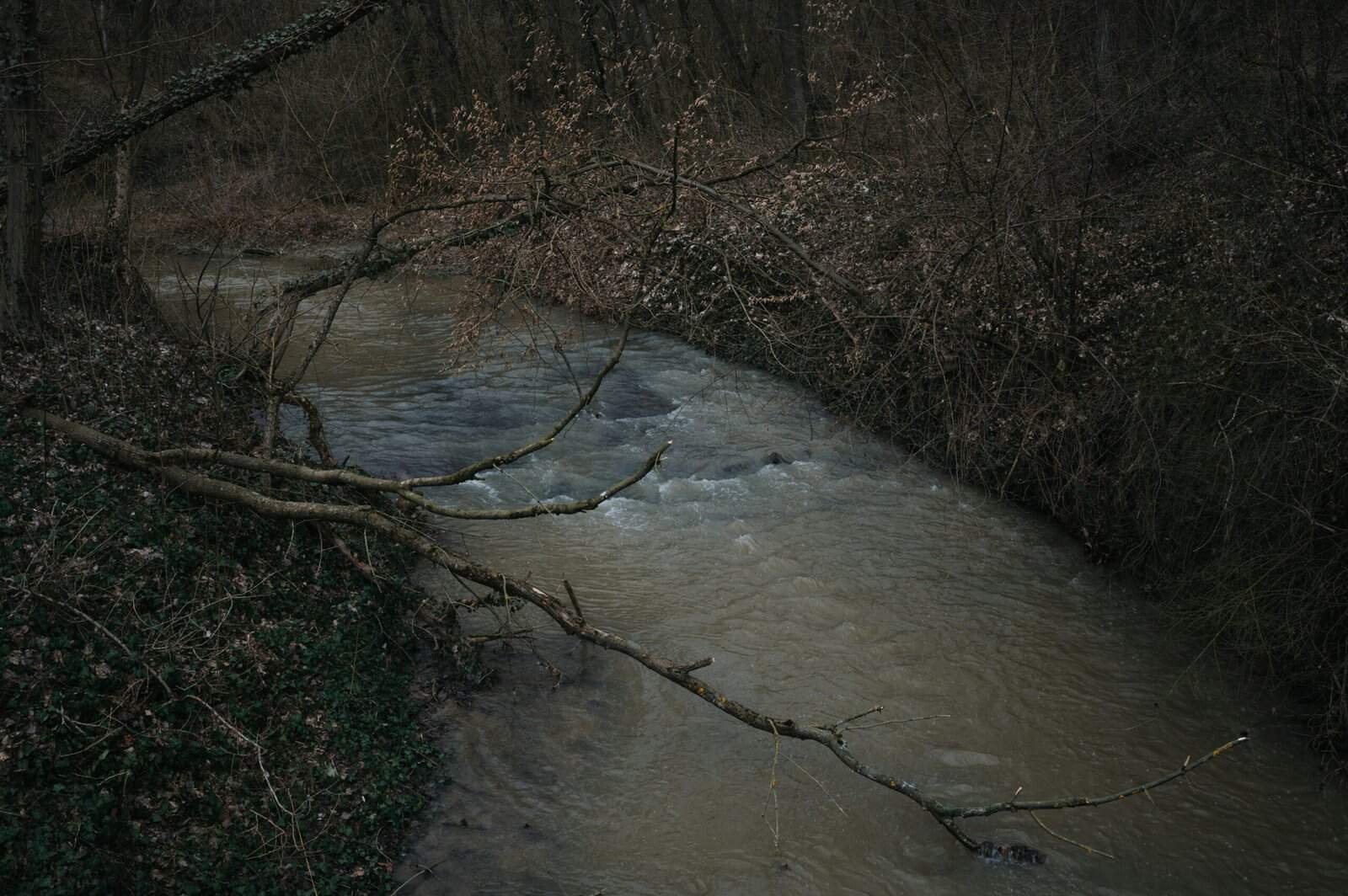
Treatment and Remediation Options
If testing confirms contamination, options range from point-of-use filters to large-scale site cleanup. Your choice depends on contaminant type, concentration, and plume size.
Point-of-Use and Point-of-Entry Treatments
If contamination is localized or you need immediate protection, consider treatment systems.
| Treatment type | Targets | Typical use | Pros | Cons |
|---|---|---|---|---|
| Granular activated carbon (GAC) | VOCs, many organics, some pesticides | Point-of-entry (whole-house) or point-of-use | Effective for many organics; relatively low maintenance | Not effective for nitrates or metals; requires replacement/carbon disposal |
| Reverse osmosis (RO) | Nitrates, some VOCs, salts | Point-of-use (kitchen) | High-quality removal of many contaminants | Wastewater production; not practical for whole-house without additional supply |
| Ion exchange | Nitrates, some metals (lead) | Whole-house or point-of-use | Effective for specific ions | Requires regeneration and proper disposal of brine |
| Aeration + GAC | VOCs (e.g., benzene, MTBE) | Point-of-entry | Removes volatile organics effectively | Requires treatment of off-gas if high concentrations |
| Ultraviolet (UV) | Microbes | Point-of-entry | Kills bacteria/viruses without chemicals | No effect on chemicals or turbidity |
| Chemical oxidation (in well) | Certain organics | In situ treatment | Can reduce concentrations quickly | Risk of mobilizing other contaminants; requires expert design |
Point-of-use systems can provide safe water quickly but may not be suitable as a permanent solution if your aquifer is contaminated.
Whole-Well or Site Remediation Methods
When contamination affects the aquifer or large plume, remediation at the source or in the subsurface may be necessary.
- Pump-and-treat: Extract contaminated groundwater, treat above ground (e.g., GAC, air stripping), and either discharge or reinject. Common but may take years.
- In-situ bioremediation: Inject nutrients or microbes to accelerate biodegradation of organic contaminants.
- Soil excavation: Remove contaminated soil near a spill source, which can be effective for recent surface spills.
- Air sparging and soil vapor extraction: Treat volatile contaminants by pumping air into groundwater and capturing vapors.
- Permeable reactive barriers (PRBs): Install a reactive underground wall (e.g., zero-valent iron) to treat contaminants as groundwater flows through.
Each method requires site characterization and professional remediation contractors. Regulatory oversight and monitoring will be needed.
Pros, Cons and Costs
Remediation can be expensive and lengthy. Costs vary widely:
- Lab tests: $50–$500 per sample depending on the panel.
- Point-of-use treatment (RO, GAC): $300–$3,000 installed for kitchen units; whole-house systems can be $1,500–$10,000+.
- Well repair or replacement: $1,500–$15,000 depending on depth and location.
- Pump-and-treat or large-scale cleanup: tens of thousands to millions depending on plume size and complexity.
Consider short-term treatment and safe water supply while remediation planning occurs.
Legal, Regulatory, and Community Resources
You don’t have to manage contamination alone. There are agencies and programs that can help.
Who to Call and Report To
- Local emergency services: use 911 for immediate hazards (fires, strong odors, exposures).
- State environmental agency: report spills and request technical assistance.
- Local health department: get guidance on drinking water safety and testing.
- Licensed well contractor: for inspections and repairs.
- Certified environmental labs: for sample analysis.
Keep contact numbers handy and know which agency handles hazardous materials in your area.
Permits and Local Regulations
Remediation, well drilling, and well plugging are regulated activities.
- Obtain required permits for well installation, repair, or decommissioning.
- If cleanup work will be performed on-site (excavation, waste disposal), coordinate with your state environmental agency.
- Follow regulations for disposal of contaminated materials and spent treatment media.
Noncompliance can lead to fines and delays; work with regulators to ensure proper procedures.
Funding and Assistance Programs
Some programs offer technical or financial help.
- State revolving funds, rural water grants, or emergency funds may assist with well replacement or remediation.
- Nonprofit organizations sometimes provide assistance for private well testing and treatment.
- Your county health department may offer low-cost testing or referrals.
Ask your local health or environmental agency about available programs.
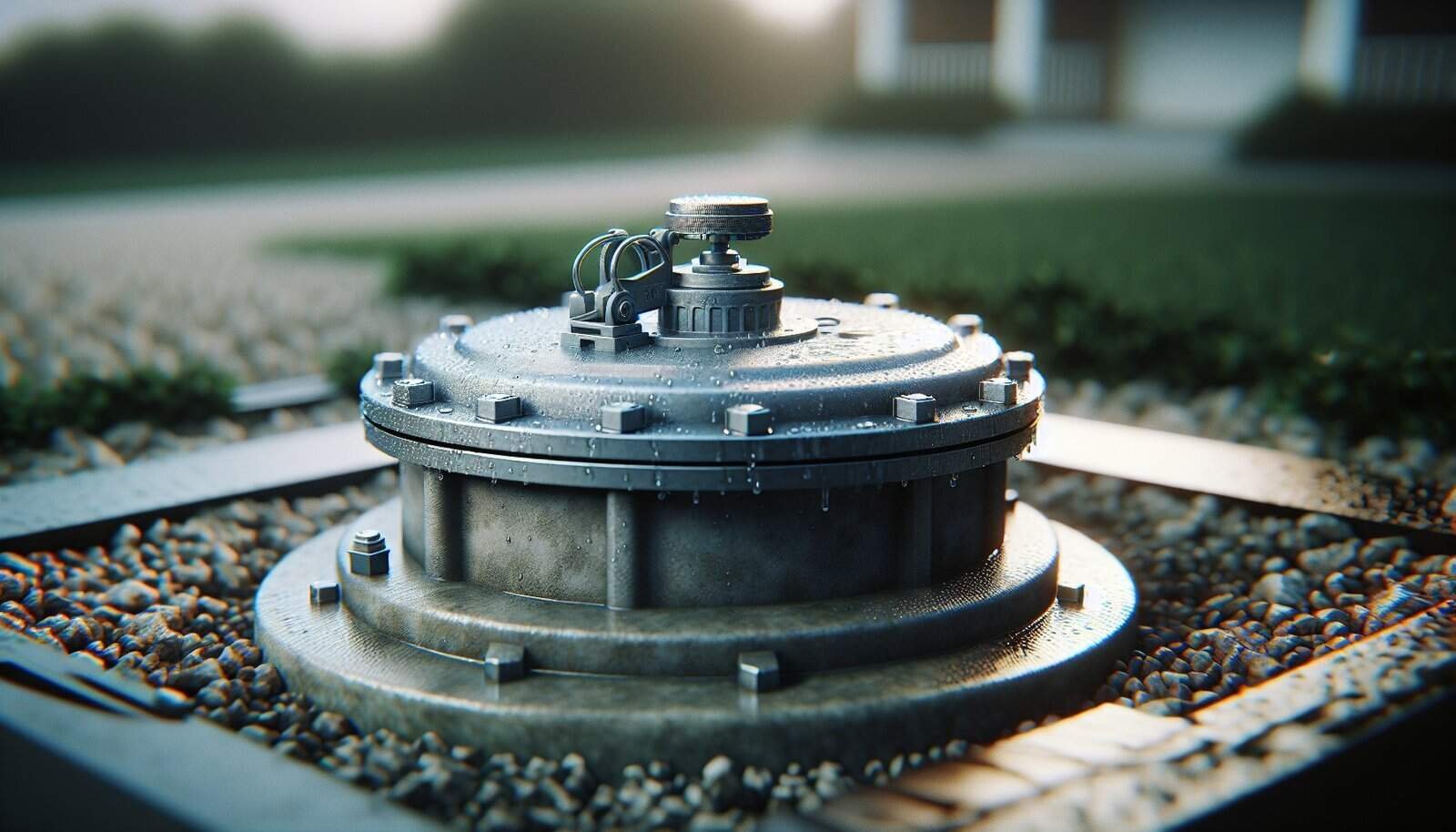
Long-Term Planning and Best Practices
For sustained protection, incorporate well safeguards into long-term property planning.
Well Decommissioning and Replacing Wells
If a well is irreparably contaminated or unfixable, you may need to replace or permanently decommission it.
- Decommissioning involves plugging an unused well to prevent it from acting as a conduit for contamination.
- New wells should be sited away from potential sources, drilled to appropriate depths, and constructed to current standards.
Consult your state’s well code for requirements and hire licensed professionals.
Emergency Preparedness Plan
Have a written plan so you and your household respond quickly to spills or contamination events.
- Include contacts for emergency services, health department, well contractor, and lab.
- Identify alternate water sources and where to get bottled water.
- Keep a spill kit and basic tools near potential storage areas.
- Practice the plan periodically.
Being prepared reduces stress and prevents mistakes in a crisis.
Record Keeping and Insurance
Good records help you track water quality and support insurance or regulatory actions.
- Keep copies of well logs, maintenance records, test results, and communications about spills.
- Consider homeowner insurance options that cover contamination events or consult an environmental insurance specialist.
- Document any corrective actions and contractor reports.
Clear records are valuable if you need to pursue cost recovery or show compliance.
Frequently Asked Questions
This section answers common concerns so you can act confidently.
Q: How close is too close for chemical storage near my well? A: Setbacks vary by state and chemical type. A common practice is to keep hazardous materials at least 50–100 feet from a private well, with greater distance and containment for tanks or bulk storage. Check local regulations.
Q: Can a single small spill contaminate my well? A: Yes—if it occurs upslope or directly over a shallow well, small volumes of highly mobile or toxic chemicals can cause significant contamination. Always report spills and test your water.
Q: Will boiling water remove chemical contamination? A: Boiling removes microbes, but it does not remove most chemical contaminants and can concentrate some chemicals. Do not rely on boiling for chemical contamination.
Q: Can I treat my well myself? A: You can install point-of-use devices, but for contamination and remediation decisions, hire professionals. Improper treatment or well repairs can worsen problems.
Q: How long after a spill should I retest? A: Test as soon as possible; repeat tests at intervals recommended by the lab and public health agency because contamination levels can change as plumes move.
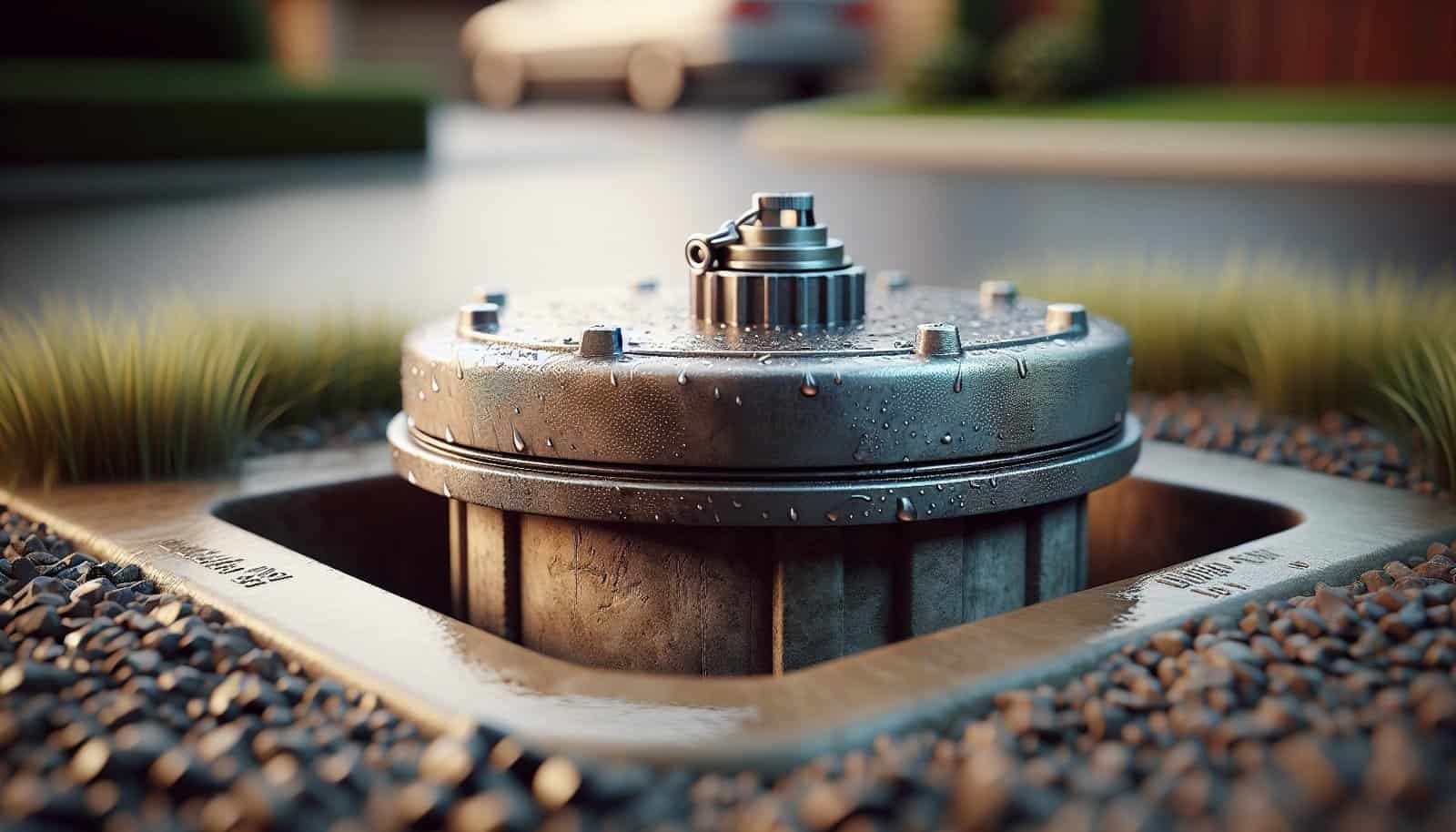
Final Checklist: Quick Actions You Can Take Today
Use this checklist to reduce immediate risks and prepare for potential incidents.
| Action | Why it matters |
|---|---|
| Inspect well cap and casing | Prevents direct surface entry |
| Grade soil away from well | Keeps runoff from pooling at wellhead |
| Move chemical storage away from well | Reduces spill source proximity |
| Install secondary containment for tanks/drums | Prevents migration to soil/groundwater |
| Identify alternate water sources | Ensures safe water after an incident |
| Keep emergency contacts and lab info handy | Speeds response in a contamination event |
| Schedule annual testing for bacteria and nitrates | Detects common problems early |
| Secure a licensed well contractor | For repairs, upgrades, or sampling help |
Closing Thoughts
Protecting your well from nearby chemical spills requires assessing vulnerability, preventing spills and runoff, testing water regularly, and responding quickly to any incidents. You can reduce risk through proper well construction and maintenance, safe chemical storage, runoff management, and community collaboration. If contamination occurs, stop using the water, contact authorities, and get professional testing and remediation advice.
If you want, tell me about your specific situation—distance to potential spill sources, well type, or recent events—and I can suggest tailored next steps and which tests to prioritize.
